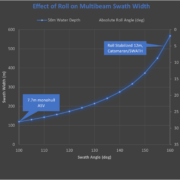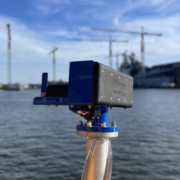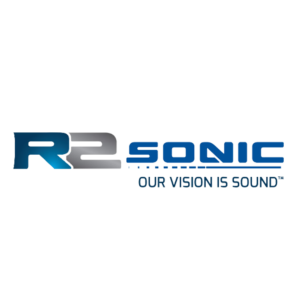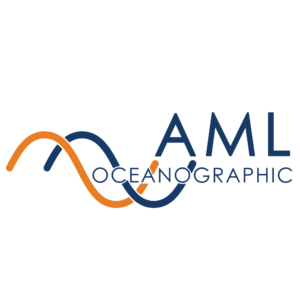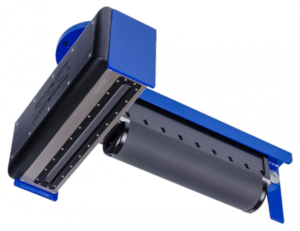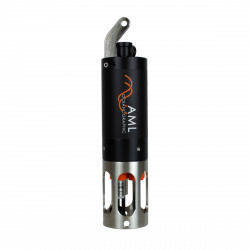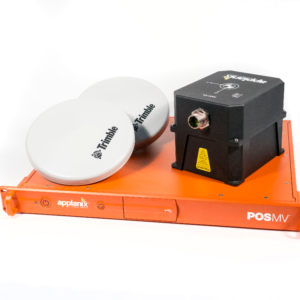BOEM Proposes Rule Changes to Defer and Streamline Surveys
The proposed rule changes allow for the delay of geotechnical surveys and shift geophysical surveys from a prescriptive approach to a performance-based requirement. Offshore wind survey companies will have the latitude to approach deliverables using new and varied technologies. This presents both risk and opportunity.
 “Before constructing an offshore renewable energy project, lessees and grant holders must conduct geotechnical, geophysical, and archaeological surveys. The primary purposes of these surveys are to ensure the site is suitable for construction, avoid seafloor hazards, and identify historic and cultural resources. Currently, BOEM requires detailed geotechnical survey data for each proposed wind turbine location in the construction and operations plan (COP) submitted by the lessee before project construction is authorized. However, the Department has learned that the precise location of each wind turbine may be uncertain at the COP submittal stage, and geotechnical data collected primarily for engineering purposes are more relevant to the review process after COP approval. Consequently, lessees have requested permission to submit geotechnical data for each turbine location after COP approval, but before construction. This proposed rule would defer certain geotechnical survey requirements, such as engineering site specific surveys (e.g., boreholes, vibracores, grab samplers, cone penetrometer tests and other penetrative methods). This proposed change would allow more time to complete the required surveys and would provide greater flexibility in designing projects.”
“Before constructing an offshore renewable energy project, lessees and grant holders must conduct geotechnical, geophysical, and archaeological surveys. The primary purposes of these surveys are to ensure the site is suitable for construction, avoid seafloor hazards, and identify historic and cultural resources. Currently, BOEM requires detailed geotechnical survey data for each proposed wind turbine location in the construction and operations plan (COP) submitted by the lessee before project construction is authorized. However, the Department has learned that the precise location of each wind turbine may be uncertain at the COP submittal stage, and geotechnical data collected primarily for engineering purposes are more relevant to the review process after COP approval. Consequently, lessees have requested permission to submit geotechnical data for each turbine location after COP approval, but before construction. This proposed rule would defer certain geotechnical survey requirements, such as engineering site specific surveys (e.g., boreholes, vibracores, grab samplers, cone penetrometer tests and other penetrative methods). This proposed change would allow more time to complete the required surveys and would provide greater flexibility in designing projects.”
“The survey and data collection requirements would shift from the largely prescriptive standards in the existing regulation to performance-based standards. These performance-based standards would give lessees the leeway to demonstrate that their selected combination of geotechnical and geophysical surveys provide BOEM the data that it needs at the COP review stage to determine
whether the project as designed can be constructed safely in the proposed range of locations—assuming industry standard engineering practices are used at subsequent phases.
Pricus Marine supports offshore wind survey firms with purpose built vessels and equipment on a charter/rental basis.
Proposed rule changes linked here:
https://www.govinfo.gov/content/pkg/FR-2023-01-30/pdf/2023-00668.pdf

